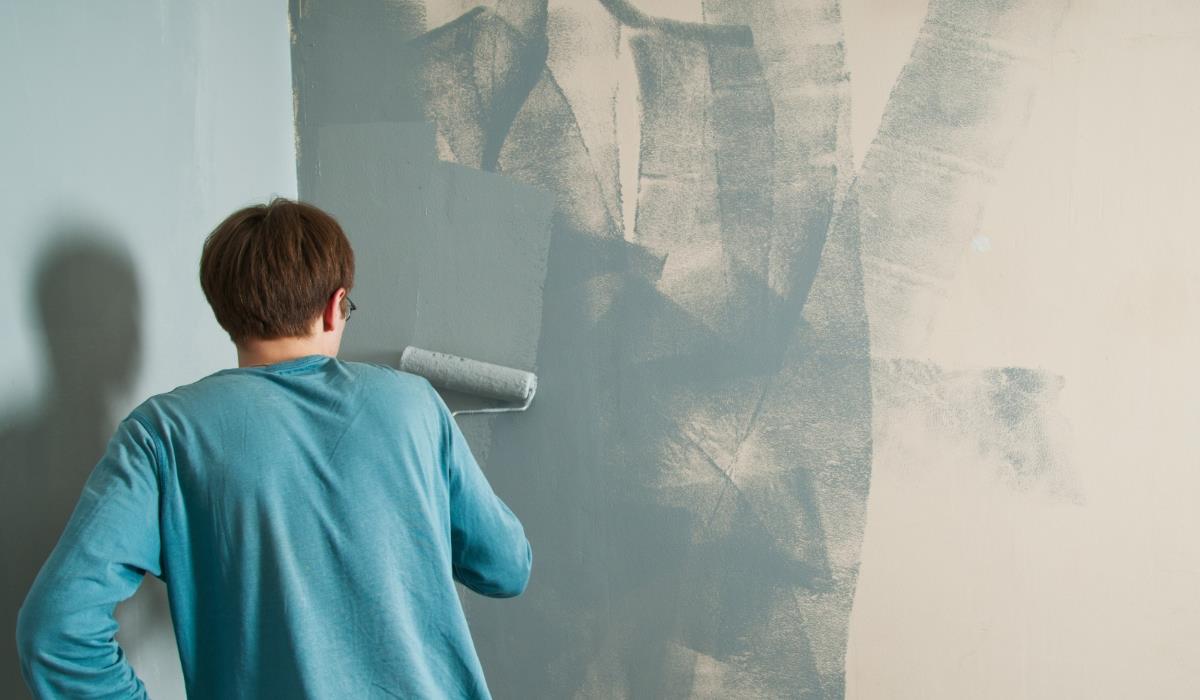Painting is a quick and popular solution in the context of renovation or change of interior design. It allows you to refresh the interior and give your home a new look. Nevertheless, it is worth paying attention to mistakes made during painting to avoid them during renovation.
1. The most common mistakes when painting – choosing the right paint
Painting begins with the selection of the appropriate paint, which should take into account both the color and the properties of the paint. Here are some key aspects worth paying attention to:
- Abrasion class: Determines how resistant the paint is to damage and abrasion. In places exposed to dirt, such as the kitchen or hall, it is worth choosing paints with a higher abrasion class.
- Hydrophobicity: In humid rooms, such as bathrooms or kitchens, choose paints that repel moisture.
- Fungicidal effect: If you have a problem with mold, choose a paint with fungicidal properties.
- Gloss level: Higher gloss paints reflect more light, which highlights surface irregularities. Matte paints are perfect for hiding these irregularities.
- Considerate colors: Choose a paint color that suits the interior and your taste.
2. Preparation of the substrate
Good preparation of the surface for painting is the key to obtaining a durable and attractive coating. Let’s look at a few steps:
- Check adhesion: Before painting, check whether the old paint is well attached. You can do this by doing a wash test (wiping with a damp cloth) and a painter’s tape test. If the old paint is chipping, it must be removed.
- Remove fungus and mold: If fungus or mold exists, use an appropriate fungicide and wash the surface thoroughly.
- Repair gaps: Fill any gaps, irregularities and damage with putty and smooth them thoroughly. Make sure everything is thoroughly dry.
3. Proper painting technique

Here are some painting technique tips to help you get the best results:
- Paint edges and hard-to-reach places: Start by painting corners, edges and hard-to-reach places with a brush, then move on to painting with a roller.
- Apply the paint evenly: Apply the paint evenly, painting in stripes from the lightest to the darkest area. This helps avoid unsightly streaks.
- Choosing tools: Choose the right painting tools, such as a roller with the appropriate pile and edge painting brushes.
4. Breaks and painting conditions
- Appropriate conditions: Remember to paint in appropriate temperature and humidity conditions. Humidity that is too low or too high can lead to paint problems.
- Painting in one go: Try to paint the walls in one go to avoid visible transitions and streaks.
- Painting the Ceiling: Always paint the ceiling as the first step and then move on to painting the walls. This helps prevent paint from dripping onto the walls.
By avoiding these common mistakes when painting, you will be able to enjoy a durable, aesthetic coating on your walls and ceiling. Thanks to our tips and professional approach, you will be able to proudly admire your renovated interiors for many years.



